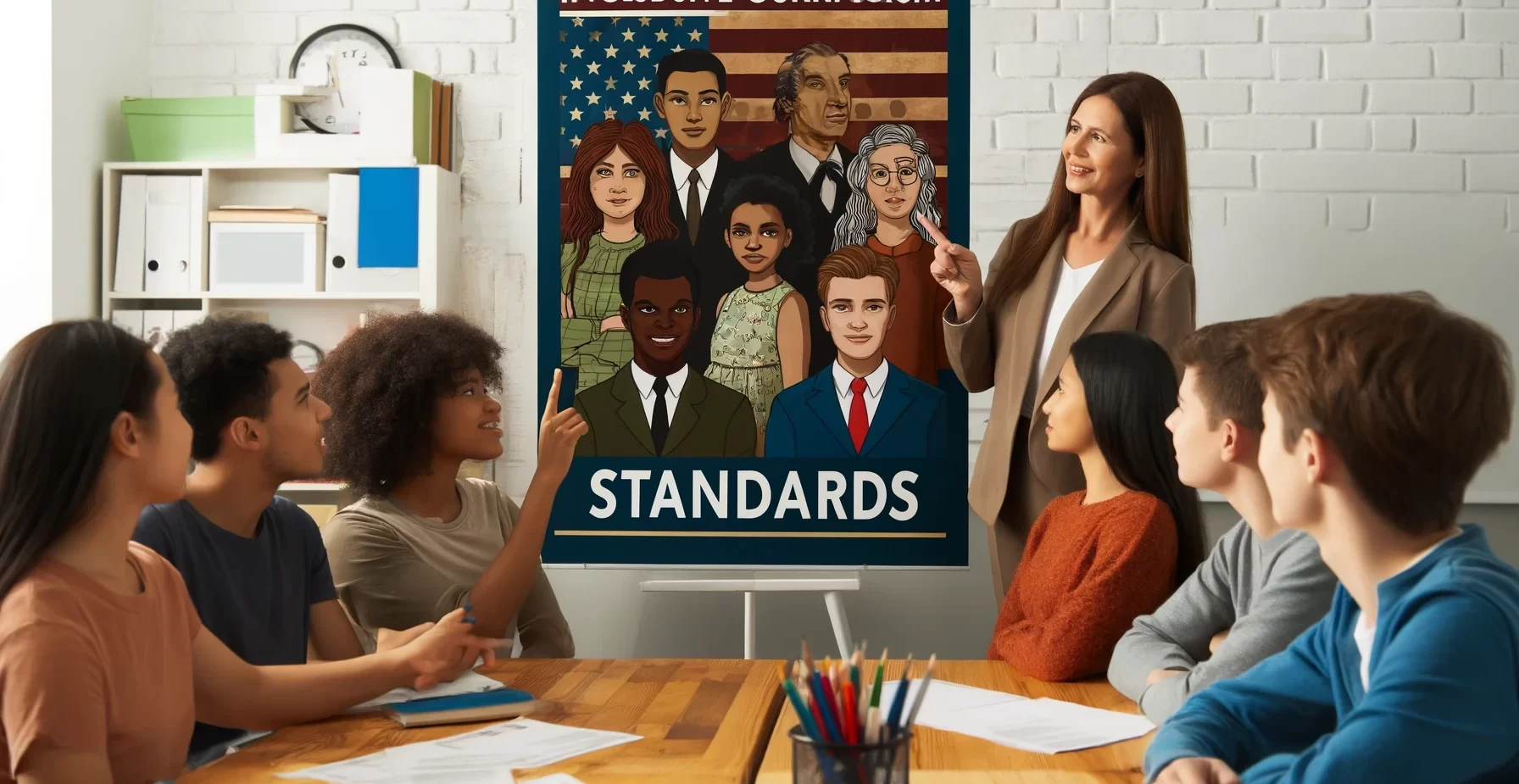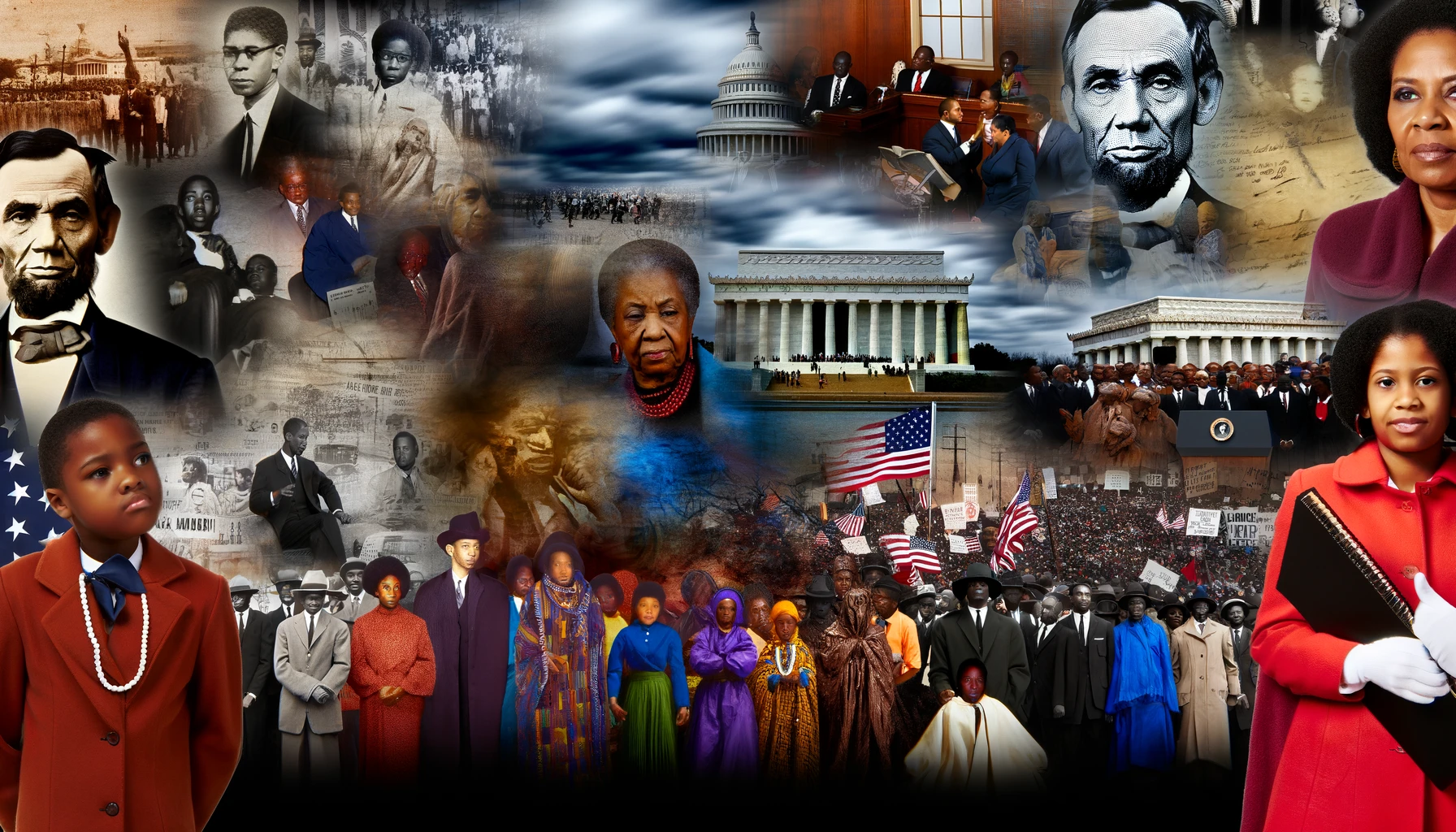In the realm of personality traits, extroverts are often seen as the social butterflies of the world. They thrive on interaction, excitement, and external stimulation. However, some everyday scenarios can drive extroverts up the wall. If you find yourself loathing these 14 things, chances are, you’re an extrovert.
1. Quiet, Unoccupied Rooms
Extroverted individuals thrive in social interactions and vibrant surroundings. They can find a silent, empty room suffocating and dull, as the lack of external stimulation leaves them restless. They have an intense craving for the energy that comes from being around others, and solitude can quickly turn into boredom for them. Extroverts require a lively and active environment to feel fulfilled.
2. Long, Solo Commutes
The daily commute can be incredibly tough for extroverts. They long for the opportunity to have conversations and find the isolation of a long drive or train ride a waste of time. Extroverts prefer carpooling or public transportation, as it allows them to chat and engage socially, making the time pass more enjoyable. The silence during commutes is something they find almost unbearable.
3. Working From Home Alone
While remote work has perks, working alone at home can be draining for extroverts. They miss the camaraderie of the office environment, as virtual meetings don’t quite fill the void of face-to-face interactions. Extroverts thrive on teamwork and spontaneous conversations, often seeking co-working spaces to regain that social buzz.
4. Silent Meetings
Extroverts often find silent meetings challenging because they thrive in dynamic, engaging conversations and brainstorming sessions that allow for a free-flowing exchange of ideas. In contrast, silence can feel like a missed chance for collaboration to them. They may feel compelled to fill the void with their input. The energy and enthusiasm of extroverts are often stifled in quiet meeting rooms, where the lack of interaction can dampen their natural inclination toward lively discussions and idea sharing.
5. Small Talk
Ironically, while extroverts love conversations, small talk can feel superficial. They prefer deep, meaningful interactions instead of lackluster conversation. find it hard to engage in trivial discussions and instead thrive on genuine connections, not surface-level chats. They often steer conversations towards more interesting topics.
6. Long Periods of Silence
An extrovert often finds prolonged periods of silence to be unsettling. They naturally engage in conversation to avoid the perceived discomfort of an absence of communication. For extroverts, silence may be misconstrued as a lack of connection or disengagement. They tend to seek verbal interactions to maintain a sense of connectivity and may feel compelled to initiate or sustain conversations to prevent extended periods of silence. Overall, extroverts generally prioritize constant engagement to foster a sense of connection and comfort.
7. Monotonous Routines
Extroverted people tend to dislike monotonous and unexciting routines. They find repetition to be stifling and uninteresting, and they constantly seek new experiences and challenges. Having a predictable schedule can feel like being trapped in a prison, so they actively search for spontaneity and adventure in their daily lives. They thrive in environments that provide change and stimulation.
8. Being Alone in Public Places
For extroverts, being alone in a crowd can paradoxically lead to feelings of isolation. They yearn for interaction and connection, and observing others engaging while they remain solitary can evoke a sense of loneliness. Extroverts often initiate conversations with strangers as they seek to become part of the social tapestry that surrounds them. Being alone in public feels like a missed opportunity for them to engage.
9. Structured Social Events
An extrovert often feels restricted by overly structured social events. They prefer the freedom to move around, engage with different groups, and let conversations flow naturally. Rigid schedules and formal settings can feel stifling, preventing them from expressing their social energy fully. Extroverts thrive in environments where spontaneity and fluid interactions are encouraged. Overly planned events can dampen their enthusiasm and make the experience less enjoyable.
10. Reading Alone
While reading can be an enjoyable activity, doing it alone for extended periods can feel isolating for extroverts. They miss the opportunity to share their thoughts and insights with others. Extroverts prefer book clubs or group discussions where ideas can be exchanged. Long solitary reading sessions can feel like a chore because they need social outlets to balance their solitary activities and verbalize their ideas.
11. Listening Without Responding
An extrovert finds it challenging to listen without participating actively in the conversation. They thrive on engagement and need to express their thoughts and feelings. Being a passive listener feels unsatisfying, as they prefer to be part of a dynamic exchange. Extroverts often find themselves jumping into the conversation to share their input, as silence can feel like a barrier to genuine connection.
12. Strict Work Hierarchies
Strict work hierarchies can be frustrating for an extrovert. They value open communication and the ability to share ideas freely across all levels of an organization. When interactions are limited by rigid structures, extroverts may feel stifled and undervalued. They prefer collaborative environments where their input is welcomed and where they can engage with colleagues at all levels. Extroverts thrive in workplaces that promote open dialogue and teamwork rather than those that enforce strict hierarchical boundaries.
13. Solo Travel
While some people find solo travel to be a rewarding experience, an extrovert typically find it less enjoyable. They miss the shared experiences and spontaneous conversations that come with traveling in a group. Exploring new places alone can feel incomplete without someone to share it with. Extroverts thrive on the social aspect of travel, such as meeting new people and making memories together. For them, solo travel can feel isolating and less fulfilling, as they crave companionship and interaction.
14. Avoiding Social Media
Although social media platforms can be overwhelming for certain individuals, extroverts derive energy from using them. These platforms provide an opportunity for continuous social interaction, and for extroverts, avoiding them feels like losing out on valuable connections. They rely on social media to maintain meaningful relationships and actively engage with others. The online social dynamics play to the strengths of extroverts, making them feel fulfilled and connected. Without social media, extroverts may experience a sense of social deprivation.
Embrace Your Extroverted Nature
If these scenarios resonate with you, you might be an extrovert. Embracing your need for social interaction can lead to a more fulfilling life. Don’t shy away from seeking out the connections you crave. Discover ways to harness your extroverted traits to enhance your life.
Read More
12 Personality Traits That Indicate You Might Be Seen as Arrogant
16 Personality Traits Of A Happily Married Man

Shatel Huntley has a Bachelor’s degree in Criminal Justice from Georgia State University. In her spare time, she works with special needs adults and travels the world. Her interests include traveling to off-the-beaten-path destinations, shopping, couponing, and saving.























































